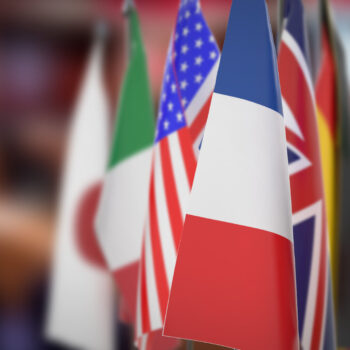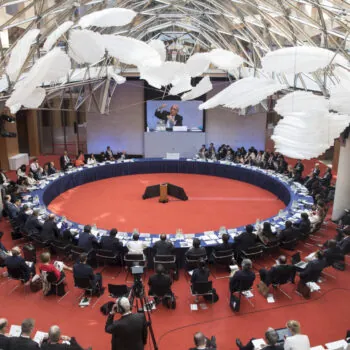With national climate pledges coming thick and fast ahead of Paris you could be forgiven for thinking commitments to reduce emissions were the only tool in the toolbox for tackling climate change. But last month something pretty remarkable happened: the world agreed to transform its collective attitude to development. As the UN formally adopted the ‘Sustainable Development Goals’ (SDGs), world leaders set out this game changer: climate stability underpins poverty eradication.
Sustainable Development isn’t new
It’s true that the UN has been talking about sustainable development for a long time but this is the first time that poverty and the environment have been understood as inextricable. When negotiations to determine a successor for the Millennium Development Goals (MDGs) began at Rio +20 in 2012, those close to the process despaired at the disconnect between climate, environment and development. But over the last 3 years a lot of progress has been made. Now the meme is becoming reality you can’t eradicate poverty without tackling climate change. What’s more, you can manage climate risk by making savvy development choices and climate action can lift poor people out of poverty, through cleaner air, safer public transport and more smart cities and agriculture. The goals show that to be sustainable, development must not increase our exposure to future climate risk and it must be resilient to the current and emerging risks.
What’s different this time?
Unlike the MDGs, the Sustainable Development Goals are universal. In an increasingly interconnected world this is a pretty smart move. People, money, natural resources, conflict and crisis echo through physical and cyber networks with far reaching consequences. Sustainable development is a means of protecting existing development gains and prosperity from risk, as well as lifting more people out of poverty.
In the MDGs sustainable development was isolated in a single goal. This time it’s integrated and ‘climate’ is included as both a standalone goal and a horizontal theme across the goals. The climate-specific goal gives guidance to all forms of development, instructing governments to – ‘Integrate climate change measures into national policies, strategies and planning’. Other goals go into greater detail, specific to their context. For example goal 2 on hunger, calls for sustainable food systems which ‘strengthen capacity for adaptation to climate change’. And goal 11 on cities calls for ‘integrated plans for resource efficiency, mitigation and adaptation to climate change and resilience to disasters’.
The new era for managing climate risk
We can’t escape it: we’ve got to manage climate risk. The sustainable development goals have emerged out of a lived reality of an increasingly volatile climate, growing resource constraints, hyper interconnection and rapid technological innovation. The shift to sustainable development is being determined by the reality of the present and prospect of the future.
These goals can have far-reaching consequences. To deliver them, governments and institutions will now be expected to know what climate risks they and their citizens are exposed to. These goals will focus minds on questions of who is responsible for managing climate risk, allocating responsibility across countries, international institutions, cities and business. These goals compel decision-makers to stress-test their development choices against climate risk scenarios. And they can direct all investments, including aid, to be consistent with the internationally agreed manageable level of warming, the 2 degree obligation.
Leaders, governments, civil society, the private sector, international institutions and social movements have all been part of the process to develop the SDGs . The final outcome shows they all know that climate risks are unavoidable. The SDGs have begun refining the toolbox for managing climate risk, providing tools for understanding risks, allocating responsibility and prompting reform.
Now for the fun part, let’s make it happen.


